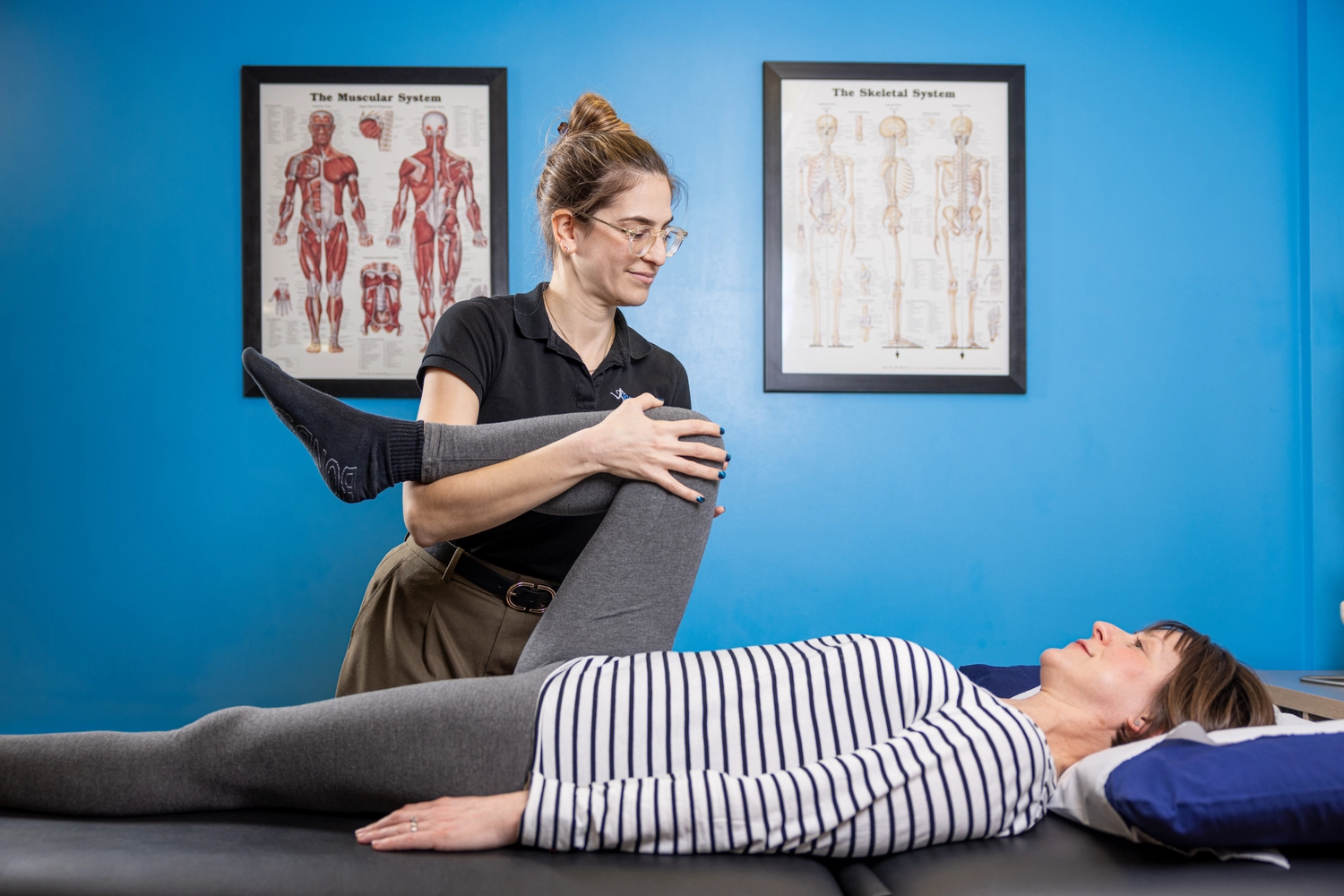Pelvic pain is pain that occurs in the lower abdomen and pelvis. The pelvic region is the area between the umbilicus (belly button) and the groin in the front and between the buttocks at the back. Pelvic area mainly consists of reproductive, urinary and digestive systems such as uterus, bladder, and intestines.
Pelvic pain can be acute or chronic. Acute pelvic pain occurs suddenly and stays only for a short period of time. Persistent (Chronic) pelvic pain lasts for a longer period, and may be due to tighter muscles of the pelvic floor which in turn affect the function of the bladder, bowel and surrounding tissues.

Pelvic pain may be dull or sharp; persistent or intermittent; mild to severe, and can extend to your lower back or thighs.
The common symptoms with pelvic pain are:
Pelvic pain can be considered as an indication of infection or problem in the pelvic area. It is observed most commonly in women but can also occur in men.
The common causes of acute pelvic pain are:
A specialist Pelvic Health Physiotherapist can help to assess the cause of Pelvic pain and address the symptoms. Treatment may include – advice and education on bladder and bowel health, relaxation exercises for pelvic floor, managing oral intake, advice on painful sex, lifestyle changes, manual therapy and soft tissue release.
Your assessment may include an internal pelvic floor exam to aid in assessment and treatment of your pain.
You can find additional information on Pelvic Pain at POGP with further useful links: https://thepogp.co.uk/patient_information/womens_health/persistent_pelvic_pain.aspx